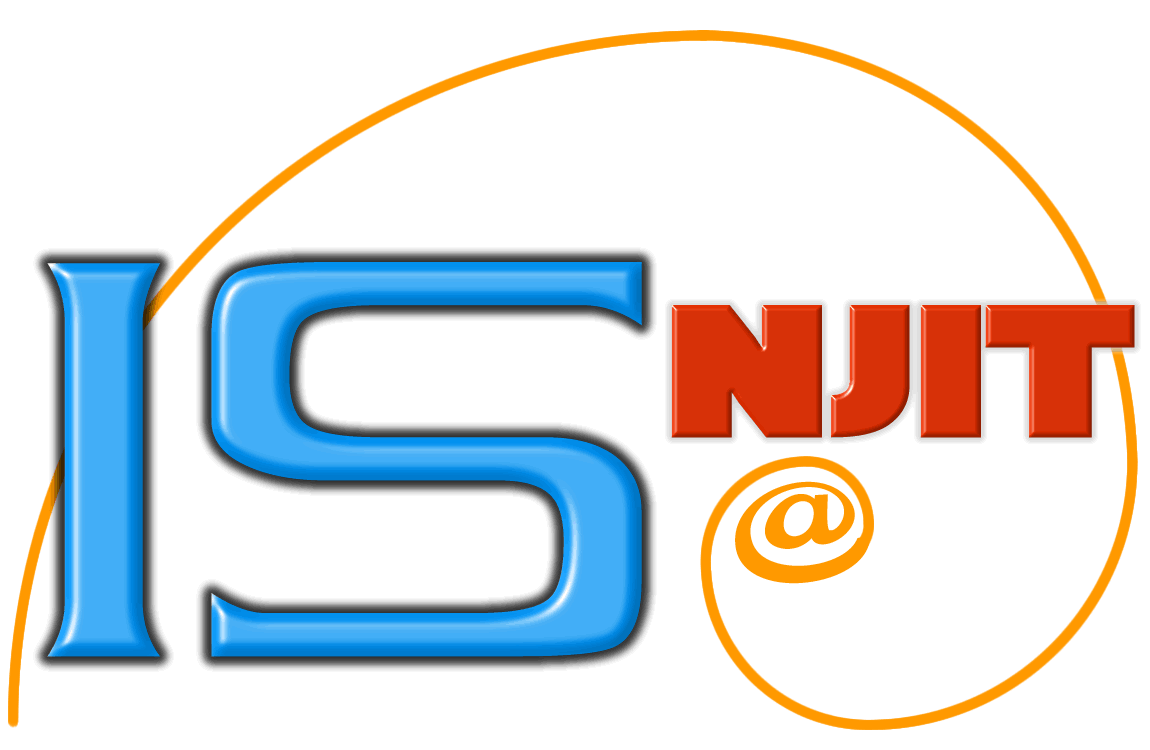|

|
CIS677-102/4: Information Systems Principles, Spring
2005
Professor
Bieber
|

|
|
A Public Research
University
|
Quick Links: [677
Home] [Schedule]
[Syllabus]
[Team-based Learning]
[WebBoard access/info]
[Links]
[Summaries]
[Article review guidelines/assignment]
[Extra credit
participation]
Team-based Learning
Contents
Motivation
While the lecture approach is the predominant teaching model at
many universities, people have been identifying many problems with
it. Students usually are passive learners, with professors trying to
"pour" information into them. It's hard to keep attentive for 1
entire hour, let alone for 3 hours after a long day at work in
evening courses.
For many years, researchers in education have been working on many
alternate approaches for more effective learning. Research has shown
that people do not learn materials well just by reading. To the
contrary, people only really understand the materials by trying to
apply them. Furthermore, people learn concepts and skills better when
sharing in teams than working in isolation. Thus, most of the newer
educational approaches emphasize active learning by students, in
which professors move from being a "sage on a stage" to a "guide on
the side." Team-based learning is one of these student-centered,
instead of instructor-centered approaches.
Description
With Team-based Learning (TBL) the class period is devoted
exclusively to team activities. Outside class is devoted to
individual activities and preparation for class. There will be few
(if any) team activities outside the classroom. Because lecturing
just takes up valuable time repeating the information in the course
materials, the professor does not lecture. Instead the professor acts
as a mentor, working with each team when they need assistance with
their activities. (Designing class activities and tests involves a
large amount of preparation for the professor.)
TBL courses are broken into 5-7 modules, each with one or more
related topics. Each module is structured as follows:
- Readiness Assurance Process: Assuring that students are
ready to learn from team activities and additional individual
homework assignments
- Students study all the materials for each module before the
module begins. They are expected to come to class ready to
start applying what they have studied. The team activities
during class are where people will really come to understand
the concepts deeply.
- Each team can optionally ask one question about the module
materials.
- We then will assure that everyone is ready to start working
on the classroom activities. The Readiness Assurance
Process concludes with the following steps, which could
take most of the first half of the class period:
- Individual Readiness Assurance Test (iRAT) - iRAT
scores count towards each student's individual grade.
Individual grades remain confidential.
- Team Readiness Assurance Test (tRAT) - The team
repeats the same iRAT, but work on the test together. tRAT
scores count towards the team's grade. tRAT scores are shown
to the entire class.
- Written Appeals of tRAT - Only the tRAT score can
be appealed, not the iRAT. In an appeal, a team must
demonstrate that it understood the concepts but missed the
answer anyway because a question was ambiguous or the answer
was not knowable. (link
to Appeals Instructions)
- Professor Feedback - The professor will review
concepts that the tRATs showed the class to be having
trouble with
- Application Oriented Activities: These will be several
structured activities, such as analyzing a problem, a case study
or an article. Teams will all work on the same activity. Teams
will share their results with the entire class so they can be
compared. Teams will be able to question and challenge each
other's results in a class-wide discussion. Many of these
activities will be graded. Team grades will be public.
- End-of-Module Test (EMT): Students hopefully have
learned from both the readiness assurance process, team exercises,
and any individual homework assignments. An individual
end-of-module test will help determine how well students have
learned.
These events will take place as follows:
- During the first class period of a module, we will hold the
readiness assurance process and begin application-oriented
activities.
- During subsequent class periods in a module, we will continue
to work on these team activities.
- The end-of-module test will take place at the end of each
module's last class period.
Comparing TBL to Traditional Lectures
Several slides from Michaelsen, Knight &
Fink [2004] and http://www.teambasedlearning.org/
provide this comparison.
Teams vs. Groups
TBL utilizes teams in a much different way than typical group
projects.
- Teams remain together the entire semester, so you have time to
learn everyone's individual strengths and to learn to work
together effectively.
- All (or almost all) teamwork is done in class, so there is no
need to coordinate schedules outside of class.
- Team activities are structured not to be "divisible" and will
involve all members at all times. With no separable tasks (such as
long writing), team members will work on all tasks together.
- Team members do not have individual "roles" or assigned
responsibilities.
- Individuals are graded on their team participation through
peer evaluation. Thus individuals can not "free load" without
consequences.
Reference
Michaelsen, Larry, Arletta Bauman Knight and L. Dee Fink
(editors), Team-based Learning: A Transformative Use of Small Groups
in College Teaching, Stylus Publishing, LLC, Sterling VA, 2004.

